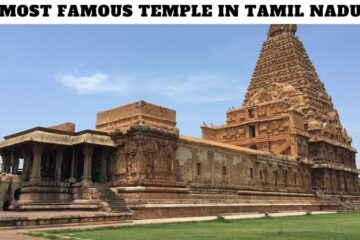
Unveiling Krishna’s Lineage: Yadava or Kshatriya?
Lord Krishna, the beloved eighth avatar of Vishnu, is a central figure in Hinduism. His life story, chronicled in the Mahabharata, is rich with complexity, and one intriguing aspect is his lineage. Was he a Yadava or a Kshatriya?
The Yadava Connection: Tracing Krishna’s Ancestry
According to ancient scriptures such as the Mahabharata and the Bhagavad Gita, Lord Krishna is often associated with the Yadava dynasty. Descended from the legendary Yadu lineage, he is hailed as the scion of the Yadava clan, known for their valor and martial prowess. His birth in the city of Mathura, a stronghold of the Yadavas, further solidifies this connection.
The Yadavas were a clan known for their pastoral lifestyle, traditionally associated with cowherding. Krishna himself spent his childhood in Vrindavan amongst the Yadavas, fostering a deep connection with the community. Many contemporary Yadava communities claim descent from this very lineage, underlining the strong association.
The Kshatriya Identity: Warrior Bloodlines of Krishna
Conversely, Lord Krishna is also considered a Kshatriya, belonging to the warrior caste of ancient India. As the charioteer of Arjuna in the Mahabharata, he exemplifies the virtues of a warrior and statesman. His pivotal role in the great war of Kurukshetra underscores his Kshatriya lineage and commitment to upholding dharma.
However, Krishna’s ancestry has another layer. The Yadavas were not merely cowherds; they were also a Kshatriya clan, the warrior caste in the ancient Hindu social order. Krishna’s biological father, Vasudeva, belonged to the Yadava dynasty, which held Kshatriya status. This association is further solidified by Krishna’s participation in the Kurukshetra war, a conflict traditionally involving Kshatriya warriors.
Mythology vs. Historical Accounts: Navigating Contradictions
While mythology portrays Lord Krishna as the divine avatar of Vishnu, historical accounts offer a more nuanced perspective. Some scholars argue that the Yadava lineage was a historical dynasty, while others view it as a mythical construct. Regardless, Krishna’s legacy endures as a symbol of divine grace and spiritual enlightenment.
Beyond the Castes
Some scholars argue that viewing Krishna solely through the lens of caste is limiting. The Mahabharata itself seems to blur the lines. Krishna’s foster father, Nanda, was a cowherd, placing Krishna within the Vaishya (merchant) social group during his formative years. This fluidity suggests the narrative prioritizes Krishna’s actions and divinity over rigid caste classifications.
A Legacy Beyond Labels
Ultimately, Krishna’s significance transcends social categories. He embodies the ideals of dharma, duty, and righteous action. Whether Yadava or Kshatriya, his message of love, devotion, and the battle between good and evil resonates universally.
Exploring Further:
This blog post merely scratches the surface. If you’d like to delve deeper, consider these points:
- Academic sources: Explore scholarly works on the Mahabharata and Krishna’s lineage for a nuanced understanding.
- Regional perspectives: Different regions may have varying interpretations of Krishna’s caste identity.
- The evolving caste system: Remember, the caste system itself is a complex and evolving social structure.
Conclusion: Embracing the Divine Essence of Lord Krishna
In conclusion, the question of whether Lord Krishna is Yadava or Kshatriya pales in comparison to the magnitude of his divine essence. As the embodiment of love, compassion, and righteousness, he transcends earthly classifications, uniting all beings in the eternal embrace of divinity.


